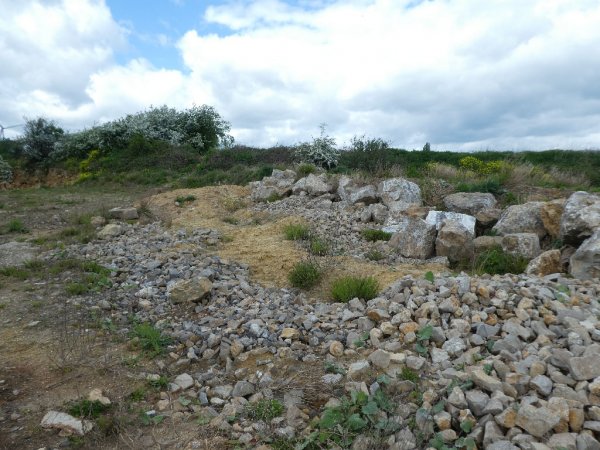
A conservation project for rare toads in the StädteRegion Aachen

The natterjack toad
Bufo calamita - a species listed in Annex IV of the Habitats Directive
The natterjack toad is a typical pioneer species, which lives in the natural landscape in the floodplains of larger flowing waters. It colonises warm and dry locations with sparse vegetation and loose soil for burrowing. Its natural habitat, the so-called primary habitat, no longer exists in NRW today. The natterjack toad has long been able to successfully compensate for this loss by using secondary habitats created by humans. What is crucial is the existence of loose raw soil exposed to the sun, hiding places (e.g. piles of stones, deadwood) and temporary pools and puddles. The species is accordingly dependent on disturbed areas such as those found primarily in mining/excavation activities, open-pit mining, pit heaps, and also on major construction sites and industrial wasteland.
In the Aachen CitiesRegion, the natterjack toad colonises pit heaps in particular as well as loose rock excavations. It also uses fields, especially where temporary bodies of water are created due to mining subsidence. In the southern part of the project region, it colonises mostly quarries. An occurrence in the Wurm Valley establishes the connection with those on the Dutch side.
The State Office for Nature, Environment and Consumer Protection of NRW (LANUV) goes on the basis of data up to 2010 of more than 500 occurrences across the state. Currently only a few occurrences in the project region are known.
The range of the natterjack toad extends from the Iberian Peninsula in the south to the Baltic countries, Belarus and Western Ukraine. There are also individual isolated occurrences in Great Britain.







